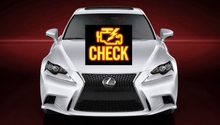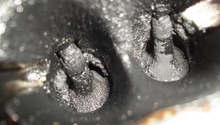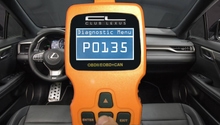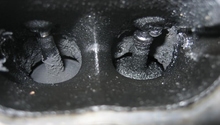Lexus IS: Why is My Check Engine Light On?
There is nothing more annoying or potentially troubling than the dreaded check engine light. Is your light on to indicate a real problem, or is it just a false warning? Check out this diagnostic guide to find out what is really going on.
This article applies to the Lexus IS (2006-2014).
The check engine light is probably the least intuitive warning light on your Lexus. Sure, sometimes they're an indicator of impending or imminent mechanical doom, but more often than not, they're indicating a minor or temporary failure. However, following up on a check engine light is important because it could be an indication that something is really wrong. Before driving down to the dealership and spending your hard earned cash, take a look at some of the more common causes of check engine lights.

Material Needed
- OBD scanner
Step 1 - Tighten gas cap
A loose gas cap can cause the check engine light to come on. Hopefully, this is the problem because it is the easiest, quickest, and cheapest fix!
If the gas cap is tight and the check engine light is still on, move on to step 2.

Step 2 - Pull codes with an ODB scanner
Every time the engine check light comes on, the vehicle's computer will record the cause of the malfunction with a diagnostic trouble code. Use an ODB scanner to retrieve these codes.
OBD scanners are readily available for between $40-$100 at many different stores. Alternatively, you can download a diagnostic tool for your smartphone and purchase a Bluetooth or USB ODB adapter. You can also simply take your vehicle to most automotive parts stores and they will scan it for you. Scanners not only give you a code that you can look up online to diagnose the problem, but they can also be used to clear a code if it is simply a false alarm. If you clear the code and it doesn't come back, you might not have a problem. If it does, you most likely have a real issue.
If you don't have any luck after scanning for codes, move on to step 3.

Step 3 - Check for carbon buildup from direct injection
Lexus had a well known issue with 2006-2010 GS and IS models with excessive carbon buildup taking place due to issues with the direct injection system and piston rings. This is an issue that has caused Lexus to extend their warranty to cover these components to 9 years or unlimited miles. Carbon buildup causes the engine to misfire and idle roughly. Some people have reported their RPMs jumping dramatically while the car is idling. The engine requires a rebuild if this is the cause of the problem. If you suspect this is your problem, take your car to the dealership and let them determine if this is the issue, especially if it is under warranty.
If you don't have an issue with carbon buildup, move on to step 4.
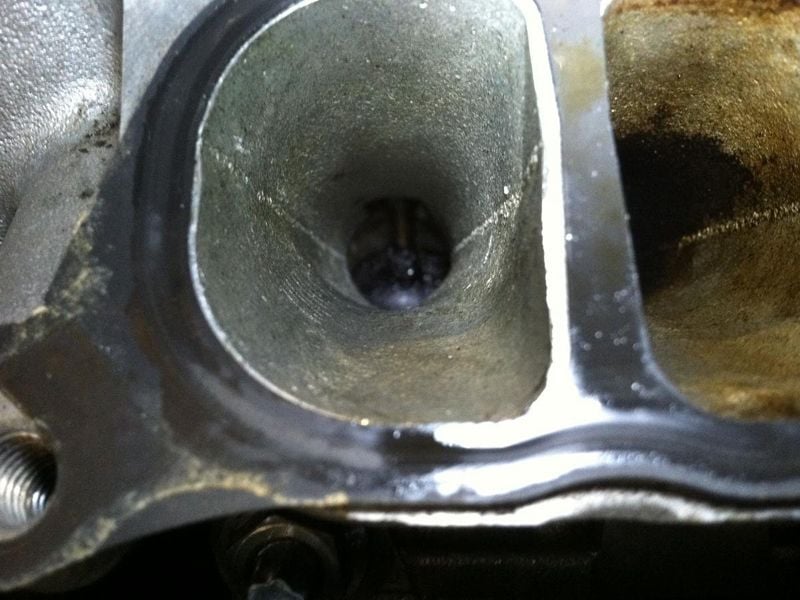
Step 4 - Check the O2 sensors
Bad O2 sensors are one of the most common causes of check engine lights in almost every modern vehicle. They're sensitive to water and are prone to shorting out as well. A dying O2 sensor could also be caused by a malfunctioning engine. There are four O2 sensors in a Lexus. Two are located after the catalytic converters, and another two are accessible from underneath the hood. If you are getting a code for these sensors, chances are one or more of them is faulty and must be replaced.
If your O2 sensors are fine, move on to step 5.

Figure 4. Lexus IS sensor diagrams. 
Figure 5. An O2 sensor.
Step 5 - Check the battery
A car that's having trouble starting will sometimes give a check engine light. This is most likely due to a dead battery or a failure in the charging system. If the check engine light came on followed by the car dying, the problem is likely a failed alternator. A shorted battery will cause your check engine light to come on as well as the ignition start light, and you won't be able to jump start the car. It is important to replace the battery if this is happening, because it can deteriorate to the point where it can ruin the alternator as well.
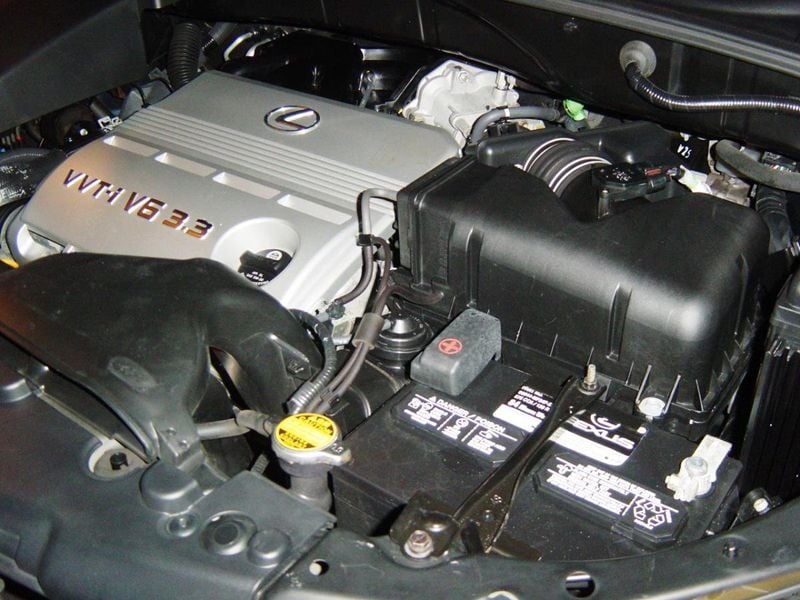
Related Discussions
- Carbon Buildup Problem Synopsis - ClubLexus.com
- Dying O2 Sensors - ClubLexus.com
- Pulling Trouble Codes - ClubLexus.com

